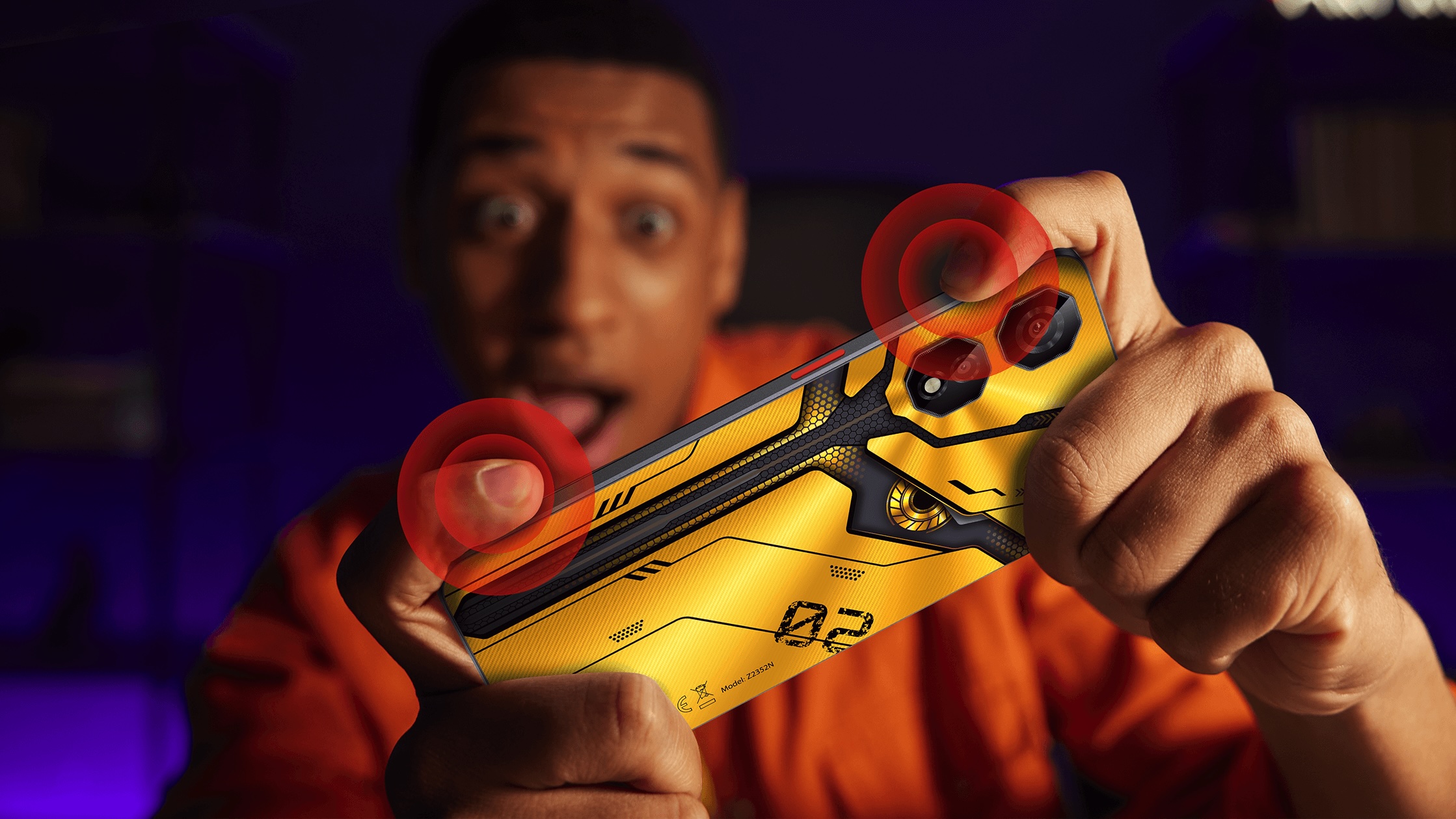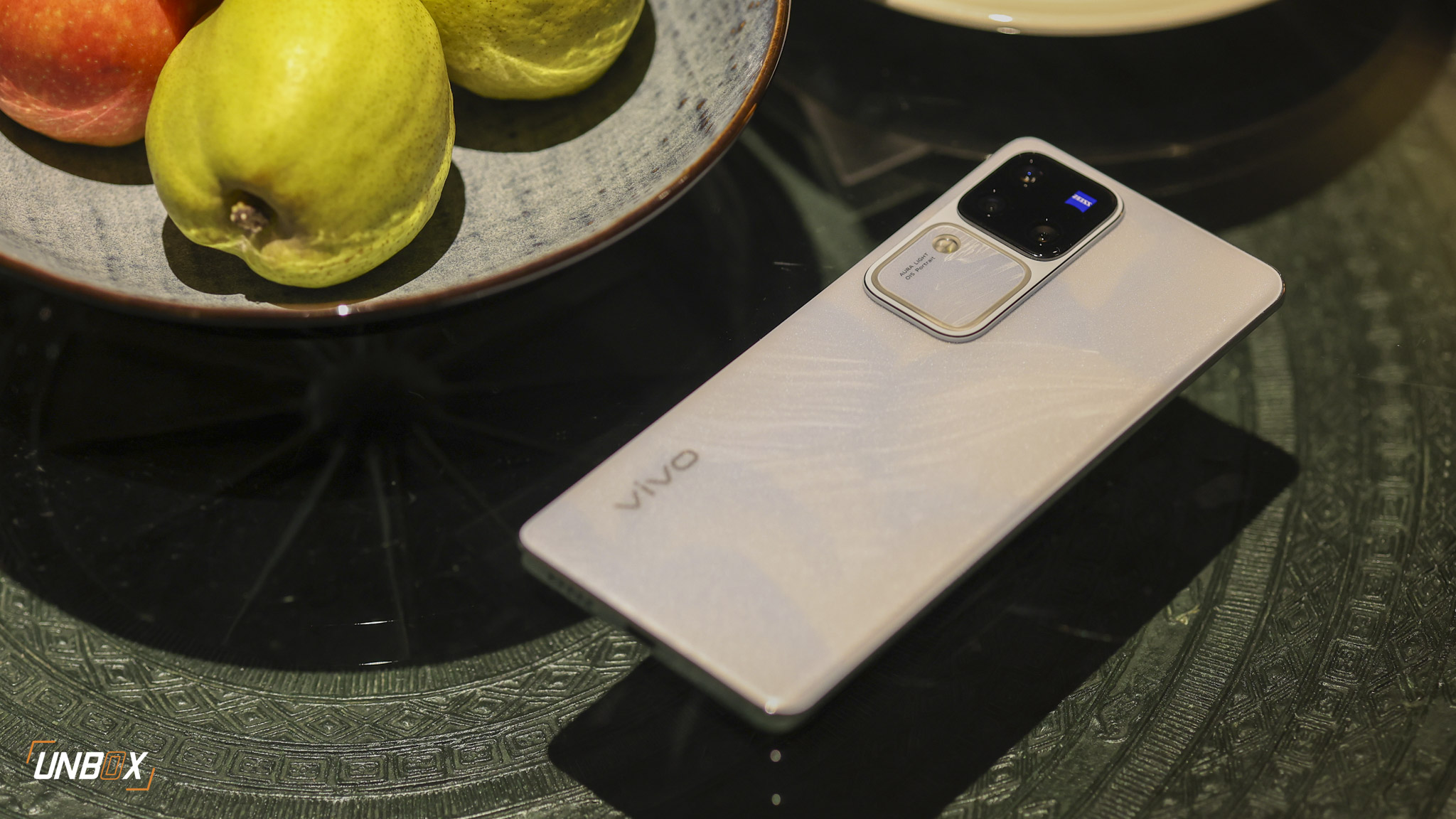In times of disaster, you need to have the essentials packed and ready to go
The metro has been hit by three medium-intensity quakes in the past week, with one of them being strong enough to damage buildings in Batangas where the epicenter originated. People are understandably worried, and many are already stocking emergency supplies just in case the big one hits soon after.
The thing is, there’s a big chance that you may be forced to leave your home in case of a major disaster, which also means that all your stockpiling has been for naught. As an Ondoy survivor, my family was forced to leave our house in the first few hours of Ondoy, and while we were fortunate enough to be able to return that same evening, that might not be an option the next time a natural disaster strikes. A bug out bag would have been infinitely helpful during that time, and would have sustained us better than our “curl up and wait for help” gameplan that we employed all those years ago. That’s why you’d always want a bug out bag or a go bag ready with you just in case you have to leave in a hurry.
What’s a bug out bag?
A bug out bag is essentially a bag that contains all the things you need to survive for 72 hours in case of a disaster. The idea is that if you ever had to leave in a hurry, all the essentials that you need would easily be in one place, saving you time and potentially saving your life. The bug out bag has been popularized in recent years as an essential ingredient to surviving the zombie apocalypse, and it’s not hard to fault the rationale: a zombie apocalypse is similar to a natural disaster in terms of scope and required preparedness, it’s just that you don’t get biters on the street when you have to leave because of floods and earthquakes.

What can I use as a bug out bag?
Honestly, any large-ish backpack can be used as a bug out bag in a pinch, but ideally you’d want something tough and easy to carry so it doesn’t slow you down when you need to get out of dodge with your family. Tactical gear maker 5.11 has an array of excellent bags that can double as a bug out bag, like the Rush 72 Backpack. While they’re a little expensive, they’re ridiculously tough and are almost impossible to break.
If 5.11 stuff is too expensive for your blood, you can always go with another manufacturer for your bug out bag. Our only requirement would probably be is that the bags should be made out of 500D Cordura at the very least so they won’t break under the strain of use and the gear you’re putting in them. If you have a tight budget, we suggest hitting Dau, Pampanga – there’s a ton of military surplus equipment for sale in that area, which should be cheaper than buying brand new.
Remember, your bug out bag needs to be big enough to carry enough supplies for around 72 hours (3 days) away from civilization and help.

What should I put in the bag?
Here comes the tough part: the stuff that should go in your bag. While you’ll probably be tempted to stuff your go bag with canned goods, don’t. Canned goods like sardine cans are heavy and contain a lot of water that you’ll probably won’t drink, which would be a pain in the ass to carry around. Go for dry goods like dehydrated food, instant noodles, crackers, power bars (not chocolate bars) – things that are light, have a ton of calories and carbs per serving, and only require water to be added later. If you have the cash, we’d suggest snapping up MRE’s – meal ready-to-eat – food that’s issued by the US Army to its soldiers. MRE’s are self contained systems, and have their own heating systems, will last for a long time unused, and provides you with a massive amount of calories and carbs, important when you don’t know when your next meal will be coming.

You’ll need a liter of water per day for proper hydration, so you’ll need around 3 liters (per person) to stay alive until help comes. You can carry water with you, but water is heavy. Remember ounces equals pounds, and pounds equals pain. Since we’re not living in the middle of the desert, the better option would be to buy water purification tablets (Aquatabs) or water filtration systems and put it in your bag. It’s an easier and better way of staying hydrated without carrying a ton of water with you all the time. You’ll also need a water container or two with you in your bag.

You’ll need a wide array of tools to survive, which includes a knife and other utensils. Your best bet is buying a Leatherman multi-tool and stuffing it in there, along with a purpose-built folding knife. You’ll also need a small cooking kit, as well as a metal pot, spork and a metal pan or plate. You’ll also need a way to start fires as well, so throwing in matches in a zip-lock bag, disposable lighters and flint (metal firestarters) is also a good idea. You can use cotton balls dipped in petreleoum jelly as tinder. You’d also want a way to tie things – paracord, a certain type of lightweight rope is a great option for this, since it’s light and very strong.

Aside from the essentials, you’ll also want to bring a simple, solar-powered radio with you to keep abreast of what’s happening in your immediate vicinity. The one pictured above (and linked here) has a hand-crank that can also charge phones in an emergency. An LED flashlight will also be useful and handy, though you’d still probably want to pack candles just in case. You’ll also want to buy a cheap feature phone and keep it in a zip-lock bag as well as an unused, un-opened SIM card – just in case you have to call for help.
A first aid kit is also an essential part of a bug out bag. First aid kits can be bought in drug stores like Mercury Drug, though you’d probably want to add more adhesive bandages and gauze dressings in the package that they sell.

Disaster spells chaos, and chaos usually means crime, injury and death. As much as I hate to admit it, the worst of times tend to bring out the worst in people, and in this regard you probably want to make sure you bring tools that will be able to defend yourself and your family if push comes to shove.
There’s no denying the fact that the best self-defense tool in these situations is a firearm, that is if you can get one, and if you get permits to carry it outside of your home (owning and being able to carry it outside of your house requires different licenses). The best setup would be a Glock 19 with hollow point self-defense ammo like Hornady’s +P Critical Defense ammunition. Glocks might look boring, but they’re almost indestructible and will work even in the dirtiest conditions.

If you can’t get a gun, then there’s still a bunch of other options left. A telescoping baton is a compact staff that quickly extends for use. You can carry a machete with you around if you desire since nothing really beats the intimidation factor of a big knife in a dude’s hands, but they tend to be heavy and bulky.
At the end of the day, setting up a bug out bag is a relatively simple thing to do. It’s something that you’ll want to have in your home just in case a natural disaster hits. Better to have it and not need it than to need it and not have it.




































































